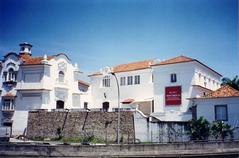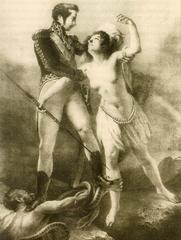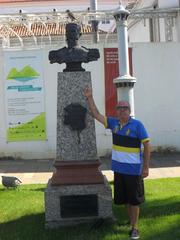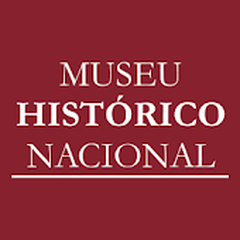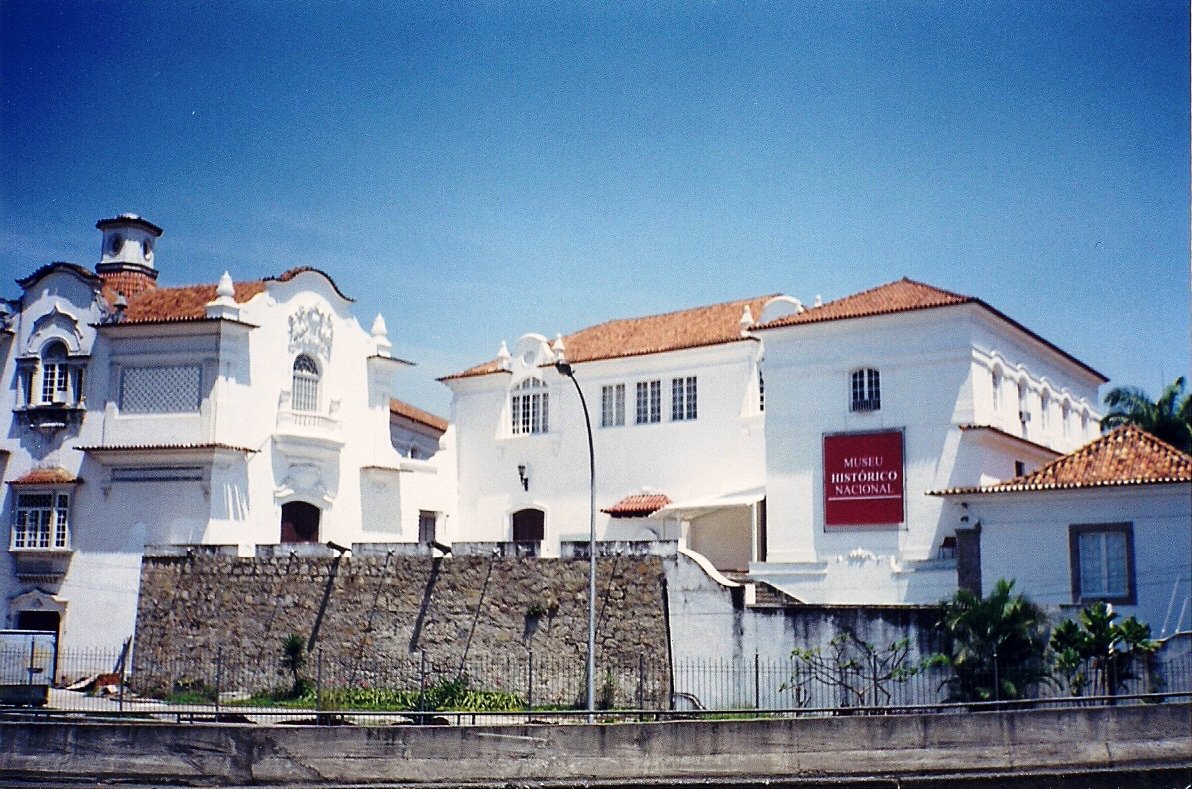
National Historical Museum Rio de Janeiro: Visiting Hours, Tickets, and Travel Guide
Date: 14/06/2025
Introduction
The National Historical Museum (Museu Histórico Nacional) in Rio de Janeiro is one of Brazil’s premier institutions dedicated to preserving and showcasing the nation’s rich heritage. Founded in 1922 to celebrate the centenary of Brazil’s independence, this iconic museum is housed in an impressive colonial-era fort in the heart of Rio’s historic downtown. Visitors are invited to explore centuries of history through diverse collections, interactive exhibits, and the very architecture of the museum itself. Whether you are a history enthusiast, a family, or a traveler keen to experience Brazil’s cultural journey, this guide details everything you need to know: visiting hours, tickets, accessibility, travel tips, and highlights of the museum’s collections and ongoing restoration efforts.
For the most current information, always consult the museum’s official website and the Rio de Janeiro tourism board.
(National Historical Museum Brazil Visiting Hours, Tickets & History Guide; Rio de Janeiro tourism board)
Table of Contents
- Introduction
- Museum History and Cultural Significance
- Architectural Features and Restoration
- Collections and Exhibition Highlights
- Practical Visitor Information
- Special Events and Guided Tours
- Visual and Interactive Media
- Frequently Asked Questions (FAQ)
- Related Resources
- Conclusion
Museum History and Cultural Significance
The National Historical Museum (Museu Histórico Nacional) is a cornerstone of Brazil’s cultural identity. Established in 1922, the museum occupies a former colonial fort and arsenal, originally built in the 16th century, with subsequent expansions reflecting Brazil’s transformation from a Portuguese colony to an independent nation. The museum’s mission is to collect, preserve, and interpret artifacts that span from pre-colonial times to the present, providing a comprehensive narrative of Brazil’s indigenous cultures, colonial period, imperial era, and republican evolution.
The museum’s creation and ongoing work have played a significant role in fostering civic pride and historical consciousness among Brazilians. It offers educational programs, research opportunities, and public exhibitions that illuminate Brazil’s complex and diverse past.
Architectural Features and Restoration
Colonial Roots and Neoclassical Influences
The museum’s architecture is a testament to Rio’s layered history. Originally a fortification, the complex was expanded over centuries and later adapted into a customs house, military barracks, and, finally, a museum. The blend of colonial and neoclassical architecture is evident in its grand facades, arched corridors, and stately courtyards. Restoration efforts have preserved these elements while integrating modern infrastructure for safety and accessibility.
Recent Preservation and Modernization
In response to the tragic 2018 fire at the National Museum of Brazil (Museu Nacional), the National Historical Museum has intensified its focus on preservation. Key initiatives include:
- Structural Stabilization: Reinforcing original walls and updating fire prevention systems.
- Environmental Controls: Advanced climate control to protect delicate materials from humidity and heat.
- Digitization: Ongoing projects to digitize archives and artifacts, ensuring broader public access and long-term preservation.
These efforts ensure the museum’s collections and historic structures remain accessible and protected for future generations.
(The Art Newspaper; UNESCO)
Collections and Exhibition Highlights
The National Historical Museum holds one of the most extensive and diverse collections in Latin America:
- Numismatic Collection: Boasting nearly 3,000 coins and the largest numismatic collection in the region, including rare coins such as the “O Indo” silver coin.
(Wikipedia) - Imperial Carriages and Vehicles: A unique collection of 29 carriages and early automobiles, including the Imperial coach.
(History Hit) - Art and Documents: Oil paintings (notably on the Paraguayan War), sacred art, 50,000+ documents, and photographs. The library’s holdings include nearly 58,000 titles, some dating back to the 15th century.
- Permanent Exhibits: Thematic galleries explore indigenous cultures, the colonial era, the Empire, and the Republic. Notable are the “Oreretama” room and exhibits on Brazilian independence.
- Temporary Exhibitions: Rotating displays highlight aspects of Brazilian history and culture.
(Imaginario de Janeiro)
Interactive displays, digital resources, and multilingual signage enhance accessibility for international visitors.
Practical Visitor Information
Location and Access
- Address: Praça Marechal Âncora, s/n, Centro, Rio de Janeiro, RJ, 20021-200, Brazil
- Transport:
- Metro: Closest stations are Carioca and Uruguaiana, both within a 10-minute walk.
- Bus: Numerous lines serve the downtown area; disembark near Praça Marechal Âncora.
- Car: Limited parking nearby; public transport is recommended due to downtown traffic.
- Nearby Attractions: The museum’s location is ideal for combining visits to the Imperial Palace, Naval Museum, and other historic sites. (GPSmyCity; TripHobo)
Visiting Hours and Tickets
-
Tuesday to Friday: 10:00 a.m. – 5:30 p.m.
-
Saturday, Sunday, and Holidays: 2:00 p.m. – 6:00 p.m.
-
Closed: Mondays and certain public holidays
-
General Admission: R$10
-
Reduced Admission: R$5 (ages 2–21, over 60)
-
Children under 2: Free
-
Free Admission: Occasionally offered; check the official website for updates.
Tickets are available at the box office; arrive early during weekends or special exhibitions to avoid queues. Online purchase is available for select events.
Facilities and Accessibility
- Restrooms: Throughout the museum.
- Café and Restaurant: The Line Bistro serves Brazilian and international cuisine.
- Museum Shop: Offers books, souvenirs, and educational materials.
- Accessibility: Ramps, elevators, and tactile guides are available. Some areas have limited access, so visitors with mobility needs should contact the museum in advance.
- Guided Tours: Offered primarily in Portuguese; English tours can be arranged by request.
Special Events and Guided Tours
The museum organizes lectures, workshops, cultural events, and temporary exhibitions throughout the year. Guided tours, available on select days or by advance booking, provide deeper historical and architectural insights. Photography is allowed in most areas (without flash).
Visual and Interactive Media
To enhance your visit:
- Virtual Tours: Explore the museum online via official platforms.
- High-Quality Images: Look for alt text such as “National Historical Museum Rio de Janeiro entrance,” “Imperial carriages at National Historical Museum,” and “Museum layout map of National Historical Museum Rio de Janeiro.”
- Interactive Maps: Available on the museum website and tourist apps for navigation and highlights.
Frequently Asked Questions (FAQ)
Q: What are the museum’s opening hours?
A: Tuesday to Friday, 10:00 a.m. – 5:30 p.m.; Saturday, Sunday, and holidays, 2:00 p.m. – 6:00 p.m.; closed Mondays.
Q: How much are tickets?
A: General admission is R$10; reduced admission R$5; children under 2 are free.
Q: Is the museum accessible for visitors with disabilities?
A: Yes, most areas have ramps, elevators, and accessible restrooms.
Q: Are guided tours available in English?
A: Primarily in Portuguese; English tours can be requested in advance.
Q: Can I take photographs?
A: Non-flash photography is generally allowed unless otherwise indicated.
Related Resources
- Learn more about Rio de Janeiro historical sites.
- See the official museum website for current exhibitions and events.
Conclusion
The National Historical Museum of Rio de Janeiro is an essential destination for anyone seeking to understand Brazil’s rich and multifaceted history. Its central location, comprehensive collections, and commitment to accessibility make it a highlight of Rio’s cultural landscape. With affordable ticketing, engaging exhibitions, and a family-friendly environment, the museum offers a rewarding experience for all visitors.
Before you go, check for the latest updates on hours, tickets, and special exhibitions on the museum’s official website. For additional recommendations, download the Audiala app for guided tours and travel tips, and follow the museum’s social channels for real-time updates.
References
- National Historical Museum Brazil Visiting Hours, Tickets & History Guide
- Rio de Janeiro tourism board
- National Historical Museum of Rio de Janeiro: Visiting Hours, Tickets, and Exploring Rio’s Historical Sites
- National Historical Museum Rio de Janeiro: Visiting Hours, Tickets & Visitor Guide
- The Art Newspaper
- UNESCO
- GPSmyCity
- TripHobo
- History Hit
- WhichMuseum
- Wikipedia
